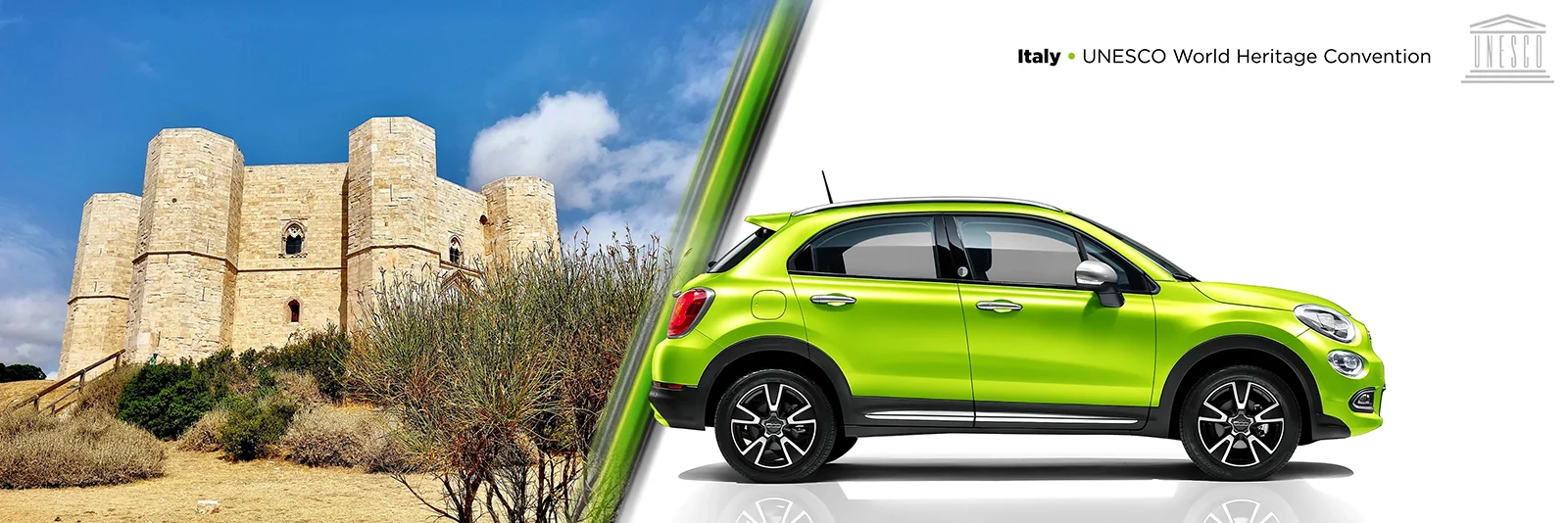IT
EN
ES
FR
IT
EN
ES
FR
Commissioned by Frederick II of Swabia in the 13th century, the castle seamlessly blends elements of Romanesque, Gothic, and Islamic architecture, reflecting the eclectic taste of the emperor.
Its unique octagonal floor plan is both symbolic and exceptional, featuring eight angular towers and eight halls arranged around a central courtyard. The geometric shapes, precision in proportions, and spatial arrangement create a harmonious balance and timeless beauty.
The castle's strategic hilltop position provides breathtaking views of the surrounding Apulian landscape. Although seemingly a fortress, this site might have held symbolic and cultural roles, representing the emperor's power and grandeur.
Inclusion in the UNESCO list underlines the universal value of Castel del Monte, its extraordinary architecture, and its significant role in the history and evolution of medieval architectural design. Visiting this castle means immersing oneself in the era of Frederick II, appreciating his genius, and being captivated by one of the architectural jewels of medieval Italy.

Castel del Monte, located on a hill in the Alta Murgia National Park, is a fascinating medieval fortress built in the 13th century by order of Frederick II of Swabia. This architectural masterpiece has been declared a UNESCO World Heritage Site and is rich in symbols and mysteries.
The castle, situated near Andria along the Adriatic coast of southern Italy, reflects the humanistic culture of Frederick II, who was the Holy Roman Emperor and King of Sicily from 1220 to 1250. Frederick II was known for his passion for mathematics, poetry, philosophy, and astronomy, as well as his broad education that led him to host scholars from various cultures at his court.
Castel del Monte, built with geometric precision, combines various architectural elements, including Romanesque, Gothic, and Islamic influences in its mosaics. Its location was carefully chosen to create light and shadow effects during specific times of the year. This castle, associated with Frederick II of Swabia, harmoniously blends classical architectural elements with typical details of Arab architecture, reflecting the Emperor's humanistic ideas.
In 1996, UNESCO recognized it as a World Heritage Site, praising Frederick II as one of the forerunners of modern humanism. The structure is notable for its octagonal plan and the obsessive recurrence of the number eight, which has fascinated scholars for centuries. Access is through an Arab-style portal with Greco-Roman and Gothic elements.
The interior features light facades of limestone and white marble, with windows strategically positioned for lighting. The internal spiral staircases connecting the two floors are designed in an anticlockwise direction, an unusual feature for the time.
However, the absence of defensive walls, narrow moats, and an unstrategic location has led scholars to doubt that the castle was used for defensive purposes. Theories about its purpose include that it may have been a temple, a place for study, a retreat inspired by Arab hammams, or even an astronomical observatory. The mysteries of Castel del Monte continue to captivate the imaginations of visitors.